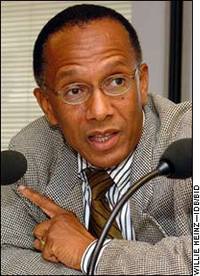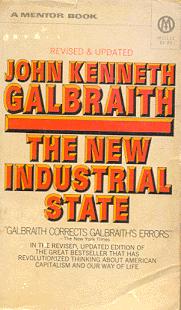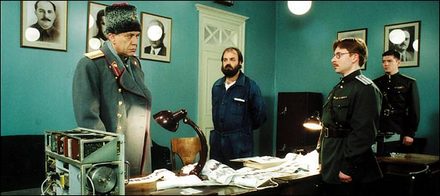The report described below documents an incredibly high rate of errors in the administration of medications. Notice that one of the recommended practices is for patients to bring with them to each doctor’s visit, a complete listing of all of their medicines. It reminded me of accompanying my mother and father while my father was being treated for melanoma at one of the top cancer hospitals in the country. We were shuttled from doctor to doctor. And at each stop we were asked to give a full account of the medicines that Dad was taking. It gradually sunk in to me that the doctors at this prestigious hospital did not even know which drugs Dad had been prescribed, from within the hospital itself.
The Institute of Medicine has identified a problem, but has not identified a cure. If we really want to reduce medical errors, the key is not just to push isolated practices. The key is to change the system so that medical practitioners and institutions are rewarded when they do a better job of reducing errors. If the system provided the right incentives, then the practitioners themselves would be competing to invent and learn the practices that would be most efficient at improving patient health and well-being.
(p. A12) WASHINGTON, July 20 — Medication errors harm 1.5 million people and kill several thousand each year in the United States, costing the nation at least $3.5 billion annually, the Institute of Medicine concluded in a report released on Thursday.
Drug errors are so widespread that hospital patients should expect to suffer one every day they remain hospitalized, although error rates vary by hospital and most do not lead to injury, the report concluded.
The report, “Preventing Medication Errors,” cited the death of Betsy Lehman, a 39-year-old mother of two and a health reporter for The Boston Globe, as a classic fatal drug mix-up. Ms. Lehman died in 1993 after a doctor mistakenly gave her four times the appropriate dose of a toxic drug to treat her breast cancer.
Recommendations to correct these problems include systemic changes like electronic prescribing and tips for consumers like advising patients to carry complete listings of their prescriptions to every doctor’s visit, the report said.
. . .
Drug computer-entry systems, which are supposed to ensure that hospital patients get the right drugs at the right dose, are used in just 6 percent of the nation’s hospitals, said Charles B. Inlander, president of the People’s Medical Society, a consumer advocacy group, and an author of the report released Thursday.
Electronic medical records can help ensure that patients do not receive toxic drug combinations. The 1999 report urged widespread adoption of these systems. Thursday’s report called for all prescriptions to be written electronically by 2010.
Just 3 percent of hospitals have electronic patient records, said Henri Manasse, chief executive of the American Society of Health-System Pharmacists. Few doctors prescribe drugs electronically.
Even simple medication safety recommendations — block printing on hand-written prescription forms — are widely ignored.
. . .
Thursday’s report said that in any given week, four out of five adults in the United States took at least one medication. A third take at least five different medications. As the use of medications has soared, so, too have medication errors, Dr. Manasse said.
Effective strategies to prevent such errors have, however, been known for years, Mr. Inlander said.
“This is not rocket science,” Mr. Inlander said. “It’s simple. The key is having the will to make these changes in an organized and uniform way. And it’s not that expensive.”
For the full story, see:
For a link to the full "Preventing Medication Errors" report from the Institute of Medicine, see: http://www.nap.edu/catalog/11623.html#toc



 Source of book image:
Source of book image: 


